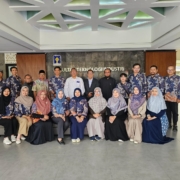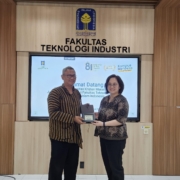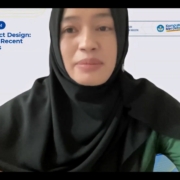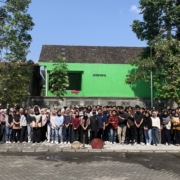Guest Lecture: Safe Materials For Packaging in Colorant Industry
Industrial Engineering UII held a guest lecture on Friday (14/6). The activity took place online with the theme “Safe Materials For Packaging In Colorant Industry”. A total of 160 students who took the Chemistry of Materials course attended the event in the morning.
Jantung Hilmy as the MC opened the guest lecture by reading the schedule of the event. He then gave a little introduction by reading the CV of the speaker, Daniar Rianawati S.T. She is the Purchasing Department Head of PT DIC Astra Chemicals. Before getting into the presentation of the material, Daniar first showed the Company Profile video of PT DIC Astra Chemicals.
“Our company is a manufacturer of coloring materials, such as for plastics, textiles, and other applications, all from us. So, basically, where there is color, there is PT DIC Astra,” she said.
Colorant and Packaging
Colorant is a substance that is added to change the color of a material or surface. Based on its form, colorant is categorized into five types, which are dry color, liquid color, paste dispersion, masterbatch, and compounded color. In general, color consists of three main materials, including pigments, resins, and additives.
Packaging is the science, art, and technology to wrap or protect a product in the process of distribution, storage, sale, and use. “Packaging design is not just as simple as wrapping, but also considers various aspects, such as function, aesthetics, and needs. The choice of material is one that needs to be carefully considered.”
Safe Materials in Colorant Industry

“How do we know safe materials in the colorant industry? We must choose materials that do not contain prohibited ingredients. In addition, ensure that the dosage limitation is in accordance with regulations,” she explained. First, before approving the material, check the laboratory test results, especially related to the application you want to use. Second, check the actual content regularly because the quality of each batch may change. Furthermore, for some safe pigments, among others are Non/Selected Azo Pigment, Non Diarylide Pigment, and Non Heavy Metal Pigment.
After the presentation, Daniar held an interactive quiz session. Students who scored the highest points were rewarded with an e-wallet balance from her. Finally, the guest lecture was completed with a discussion and Q&A session.
Salwa Nur Rahma

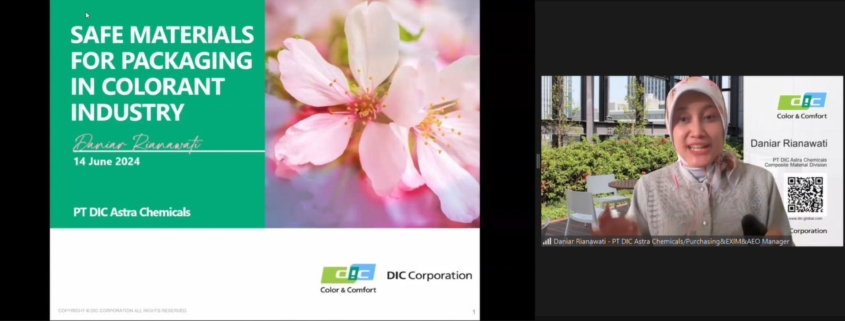
 https://konsultanpendidikan.com/2019/05/02/gambaran-singkat-kuliah-di-university-of-gloucestershire/
https://konsultanpendidikan.com/2019/05/02/gambaran-singkat-kuliah-di-university-of-gloucestershire/ 